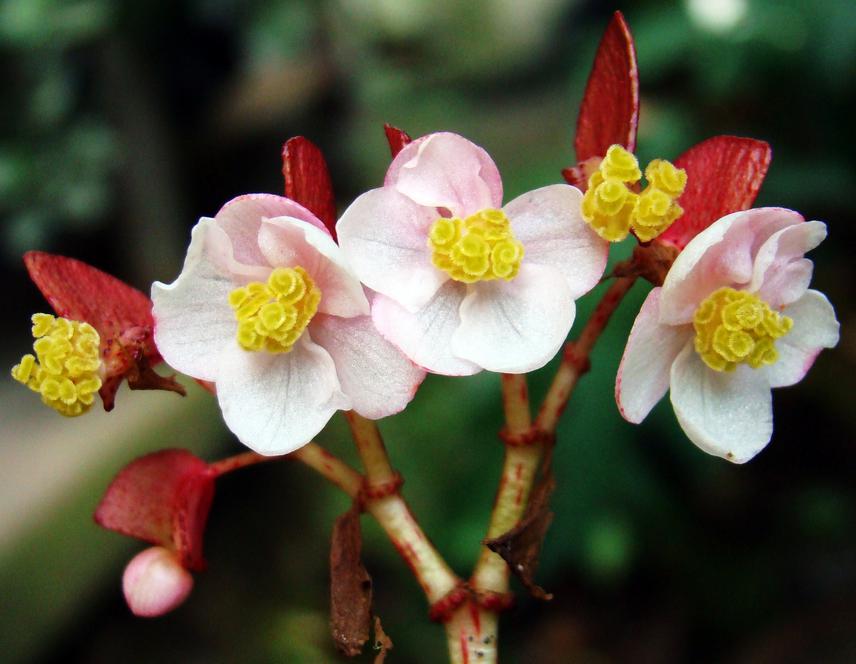Yadav Uprety
This project aims to make an assessment of spatial distribution, conservation status, and threats of endemic plants of the Kangchenjunga Landscape-Nepal.

Begonia panchtharensis S. Rajbhandary, a newly reported endemic plant of Nepal. © Sangeeta Rajbhandary.
Endemism is the main criterion for hotspot status determination because endemic species are entirely dependent on a single area for their survival, and by virtue of their more restricted ranges, are often the most vulnerable. These species, when confined to highly threatened ecosystems, will almost certainly be the first to be affected by extinction, and hence need effective conservation actions.
The Kangchenjunga Landscape is part of the Himalaya, and one of 34 Global Biodiversity Hotspots. While endemic species were studied on the Indian side of the KL, distribution data are unavailable on the Nepalese side, and thus conservation threats have not been identified.
Therefore, this study aims:
(1) to identify the endemic plant species of the KL-Nepal (comprising 4 Nepalese districts bordering India where conservation and development activities are taking place, but plans do not specifically target endemic species),
(2) to study the spatial distribution, conservation status and threats, community ecology, and abundance of these species,
(3) assess local uses and traditional ecological knowledge related to endemic species uses, ecology and threats.
Header: Pedicularis oxyrhyncha Yamazaki. Altitudinal range. 4100-4300 m Collection locality. Sudhupokhari-Tasagaun, Papung VDC.